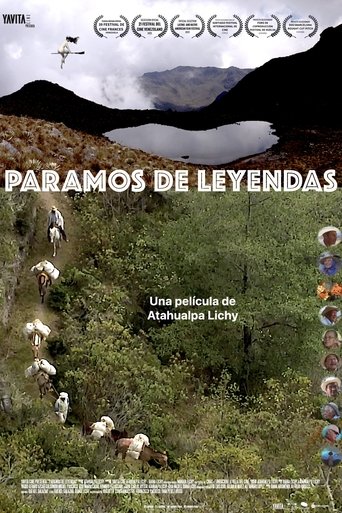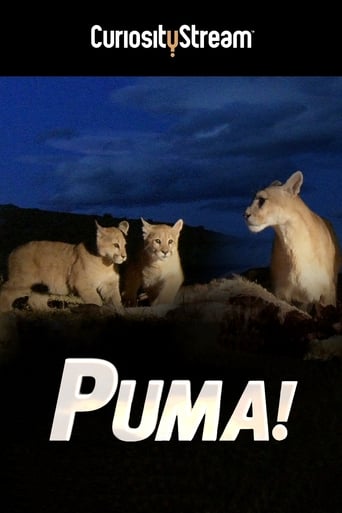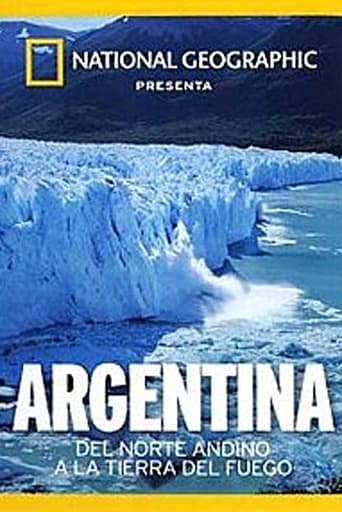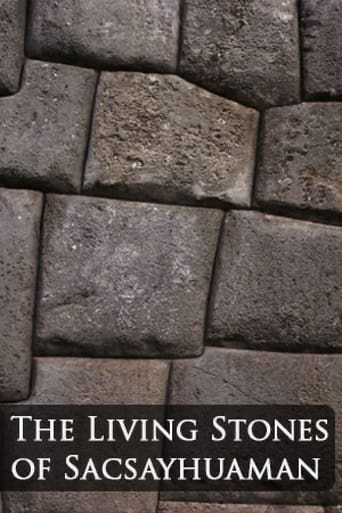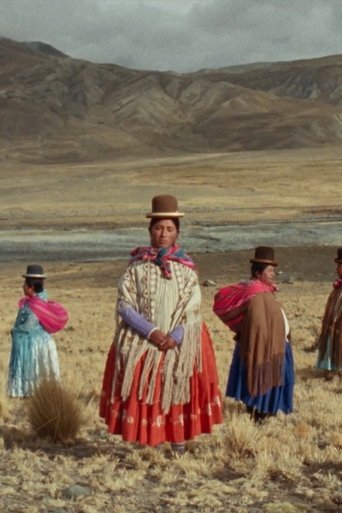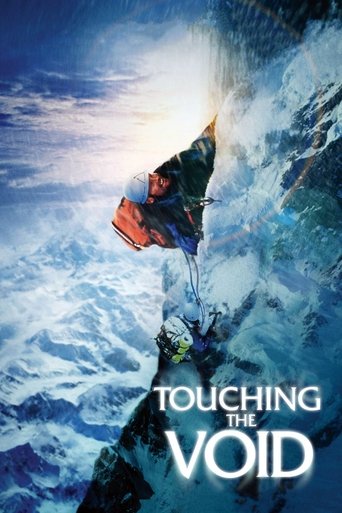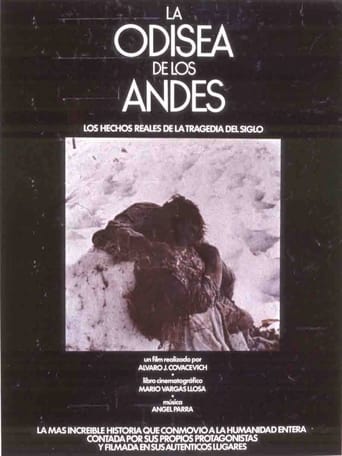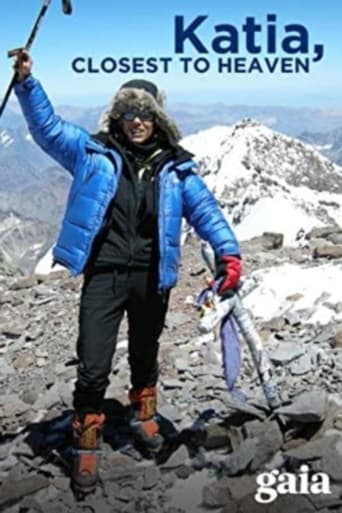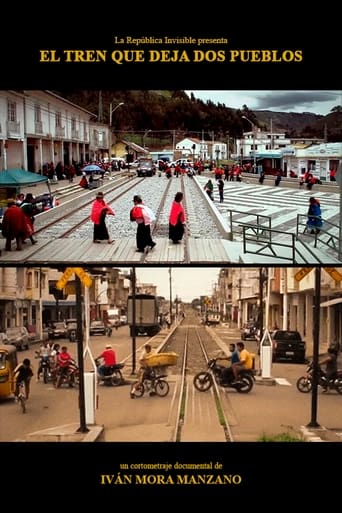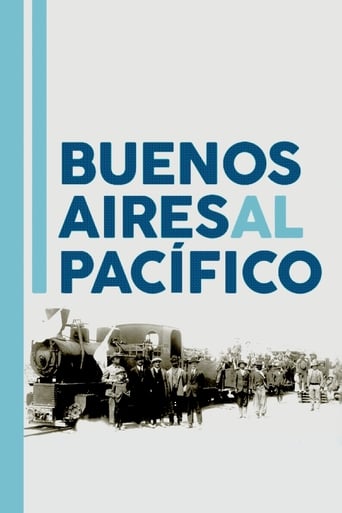
05 Jan 2019

Buenos Aires al Pacífico
There was once, in 1910, a train able to cross the wild territories between Argentina and Chile, making possible a mythical journey, joining two oceans with a single ticket, from Buenos Aires to Valparaiso. The last trip of the BAP was in 1979; in the nineties, its various branches were permanently abandoned. Since then, travelers have been inhabiting the railway landscape as they dream, desire, remember or yearn: as part of their own being and national history.
